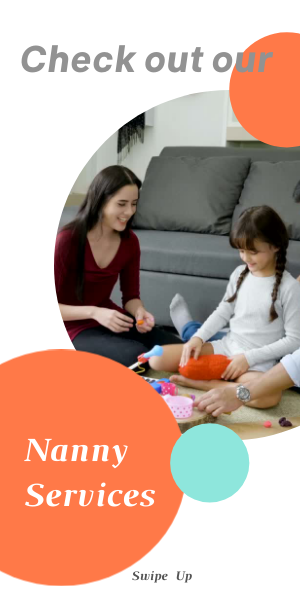The instructional design model for employee training helps you immerse yourself in the building blocks of L and D so that learners can assign meaning and tap into their internal drive. Each eLearning course requires unique design methods, storyboards and style guides, but one constant is understanding the behaviour of the learners, finding what motivates them, how they absorb information and how you engage your learning audience.
Instructional design for corporate training has become a popular way for employees to learn the information and skills critical to their job. The model of teaching design for employee training forms the basis for providing information and for the design process itself. Here are a few advantages that teaching design models bring to the development of eLearning.
Developing strong elite programs requires the skilful application of learning principles through teaching. Instructional design is also known as the practice of conceiving, developing, and producing instructional content for use in education and training. The role of teaching design in creating teaching experiences is to facilitate learning in a way that is not only efficient and effective but also responsive to learners.
A qualified instructional designer is not a specialist, but someone who works with experts to create an environment where students can participate in rich and meaningful learning experiences. Curriculum is designed accordingly. The key to the concept of teaching design is to acknowledge that it supports the learning process, not just a teaching process.
Corporate training programs include dynamic media, materials, and methods that trainers use to ensure that a company’s workforce has the skills and experience needed to achieve corporate objectives. Training is integrated into the job in so many innovative ways that companies recognize that it is a continuous process that benefits both workers and businesses. Trainers and programs emphasize the need for company trainers to build their own expertise through an effective approach to the training process.
Learning experiences designed for teaching can be used at all levels of education, from in-company training programs to community-based workshops and more. Instructional designers start a project by conducting a needs analysis, analysing the current situation of their clients, defining final goals and helping them find the best way to create a learning experience.
For example, a one-off discussion-based workshop session can be sufficient, but more complex needs can lead to planning a virtual course lasting several weeks. While personal learning gives teachers the freedom to opt out of the script, online learning dictates the entire process, and designers must anticipate potential hiccups during the planning phase. For instance, if students are not centrally located, the instructional design courses or corporate training program would need to focus on online delivery.
Training also provides managers with the opportunity to strengthen morale and focus workers on their common goals. The best way to overcome the employee’s reluctance to take the time to take part in a training program is to make the process as exciting and rewarding as possible.

One of the biggest benefits of eLearning is making sure your employees get the training they need. The presence of a teacher creates a dynamic learning environment in which they can not only focus on the same material, but also offer the same level of care. When you come into work to create a foundation course, you know that your employees get the same high-quality training regardless of where they are.
We have compiled a comprehensive list of the benefits of online learning for organizations and their employees. If your association wants to provide a learning experience that employs online students and builds new knowledge and skills, consider these advantages of outsourcing teaching design.
IDs, one of the trade associations for education, is familiar with some of the leading learning platforms on our market. There are many benefits of online eLearning training programs that are relevant to every industry, company, or employee around the world.
Each e-learning course is different, and there is no uniform formula that can be applied to each class. Make sure that you design your course according to the target group.
Designing online is the best way to maximize the benefits of online training compared to in-person lessons. In its short history, online learning has become an increasingly acceptable platform for formal and informal learning. Over the past seven years, the number of students who take online courses has soared, according to the Online Learning Consortium accounting for 25% of all traditional accredited college courses and millions are enrolled in certificate programs, audit courses and bespoke programs that train staff.
As the popularity of online learning as a convenient way to acquire skills and knowledge continues to grow, extensive research indicates the need for certain key components to ensure the effectiveness of a well-designed educational program in achieving specific learning objectives and outcomes. Teaching design is the systematic development of an educational program and includes concepts of how people learn and how to best present teaching. It is considered a learning tool that is designed, developed, and made available to learners in an effective and well-designed learning experience.












